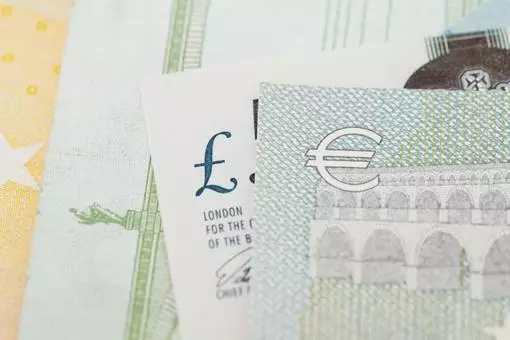The Big Freeze: Will Polar Vortex ‘Cool’ The Economy?
- 8th January 2014
- Written by Hari Srinivasan
- Business & Economy

As North America gets caught in a vicious Polar Vortex that has left most of the continent well below the freezing point, we explore how it might impact businesses and the economy …
In a remarkable cold-spell that had Time proclaim ‘Hell Freezes Over’ (albeit using Hell, Michigan, to coin the pun), it might be well worth noting that the Polar Vortex has scalped casualties in some of the biggest business centres of the world. New York, Toronto and Chicago, have all found themselves on the receiving end of this natural onslaught.
But is this big freeze big enough to affect the economic momentum of businesses? Experts seem to argue both in favour of and against this hypothesis.
The Dark Side
Business Spectator reported this morning that the freezing temperatures had contributed to a slump in U.S. retail trade, contributing to a post-holiday season financial hit for retail businesses. “The final week of the fiscal month was soft, accentuated by adverse weather conditions in the Midwest and East, which hindered shopping over the past week,” said Michael Niemira, International Council of Shopping Centres vice president of research and chief economist. Contributing to the gloom, Yahoo Finance Senior Columnist Michael Santoli noted in an article that we might see the estimates for the first quarter GDP in the U.S. coming down a bit.
Americans have found themselves unable to travel, unable to get to work, drive, fly or even step out of their homes in many cases. Under these circumstances, it only makes sense to factor in that productivity has suffered and output for this period will be quite sluggish.
The most damning verdict on this calamity’s impact on the economy so far has come from Evan Gold, Senior Vice-President at business weather intelligence company Planalytics. Gold told CNBC that although he believes the problem will be short-lived, he estimates it will cost the economy about $5 billion because of the sheer size of the population affected by the Polar Vortex-induced freeze. He went on to note that when a similar sustained big freeze struck North America in 2010, it lasted a week and that they had calculated it to have cost the economy a pricey $25 billion to $30 billion.
The Silver Lining
On the other hand, many financial experts and economists have gone on to claim that the setback to the economy caused by the Polar Vortex seems amplified viewing it from the eye of the storm but the negative economic aspects might have been overstated.
Goldman Sachs economist Kris Dawsey pointed out that the frigid weather shouldn’t have much of an impact on the U.S. economy. He says the overall losses incurred by weather-adverse industries such as construction might well be recouped by heightened activity in sales of winter apparel, heating technologies and consumption of utilities.
According to USA Today, the sales figures of heating products manufacturers have shown a strong growth. It stated that this was also having a windfall effect in aiding trade. Outsourced manufacturing of equipment in Asia was growing due to increased demand from American companies to sell in the local North American markets. It suggested that unless there was to be prolonged consumer frostbite, the impact of the weather on the North American economy would most likely be minimal.
Across the border in Canada, a similar vein of optimism persisted in dismissing the gloomy predictions regarding the effects of the weather on businesses. In a Financial Post article, Bank of Montreal’s Chief Economist Douglas Porter said that, while businesses are likely to be affected by low staff turnout and disruptions of supply chains and shipping, these will be offset by increased cold-weather related spending or will recover in the following months as activity returns.
There seems to be an absence of consensus on the Polar Vortex’s impact on the economy. But, the diversity of specialist opinions on the subject indicate that any losses incurred by specific climate-sensitive industries might be compensated for by the activity in other sectors that thrive on demand generated by adverse weather . However, the intensity of losses to productivity cannot be gauged till industries return to normal activity levels after the weather stabilises. How strong was the impact? Only time, and sun, will tell.
The outcome from this freezing mess will sure make for an interesting read. Till then, stay warm!
Have the recent extreme weather conditions affected your business? If so, tell us how in the comments!
<Principal image courtesy Zoetnet / Some rights reserved>
Other News
What Role Does Motivation Play in Managing an Organisation?
What role does motivation play in managing an organisation? Motivation is one of the major factors for driving success. If…
The impact of the Brexit deal on the accountancy sector
After months of uncertainty and political wrangling, a Brexit deal was finally announced on Christmas Eve 2020. The deal includes…
5 Essential elements of a winning business development plan
The first step to building or expanding a business is creating a concrete business development plan. Entrepreneurs will find plenty…



